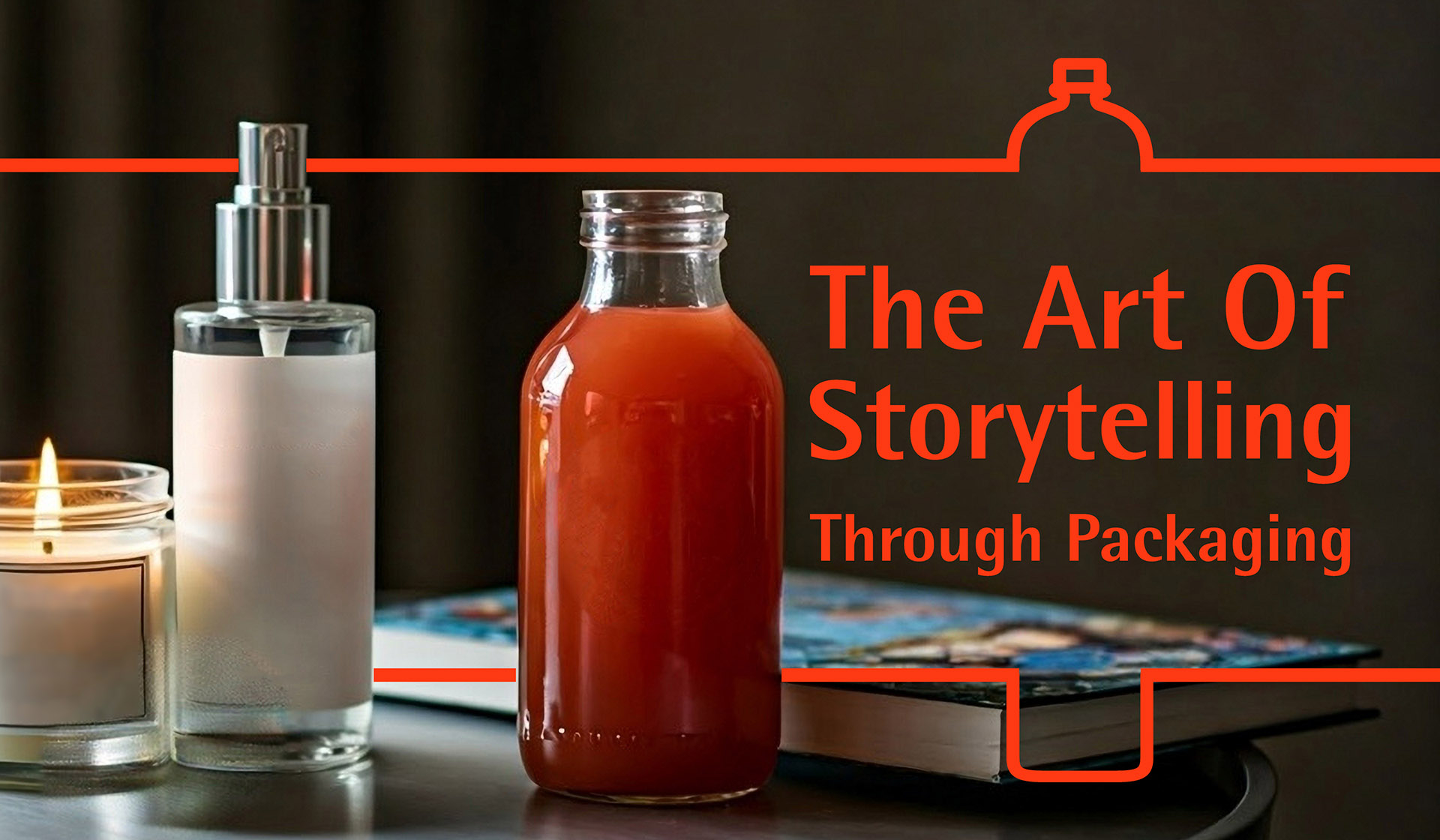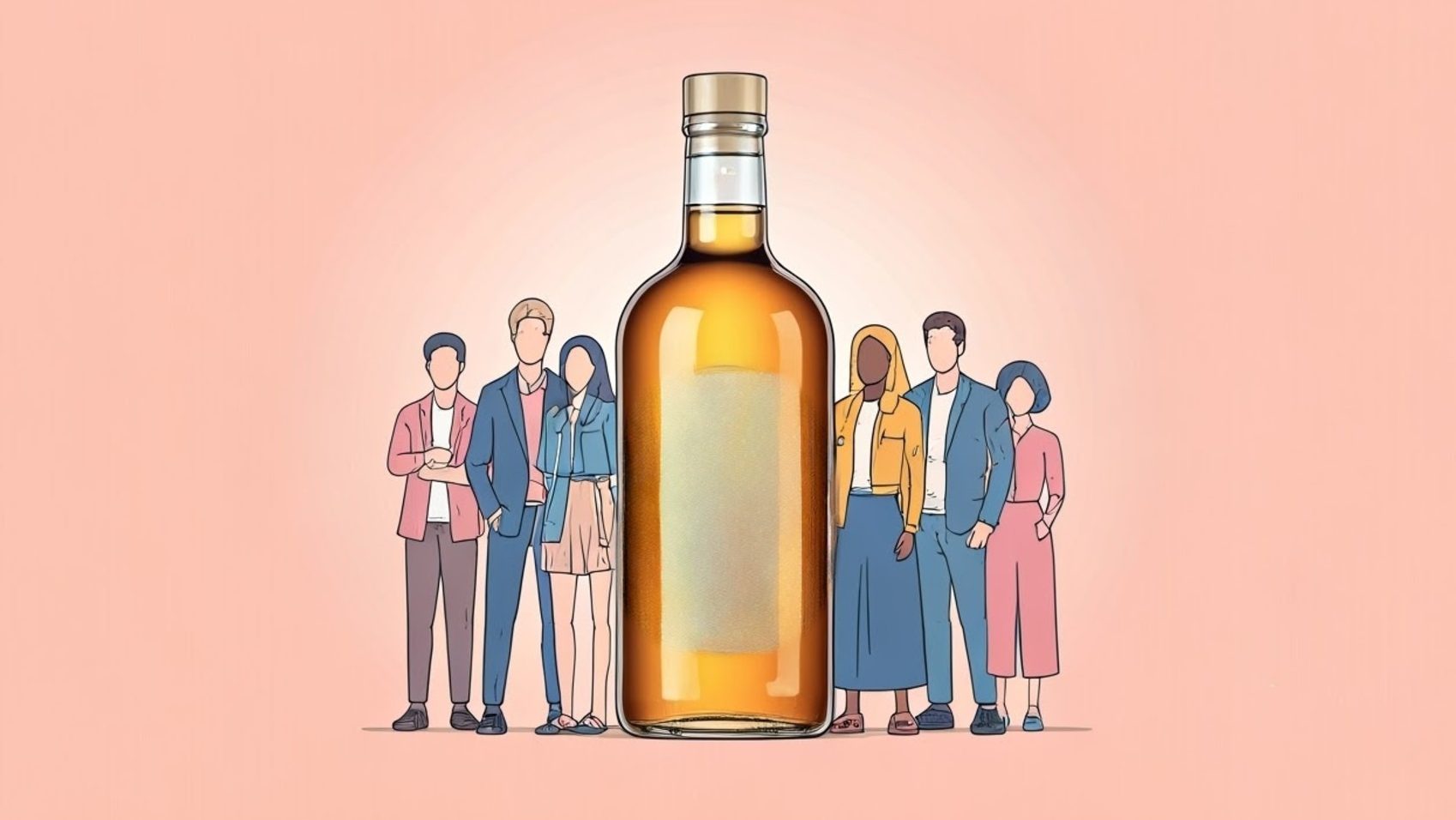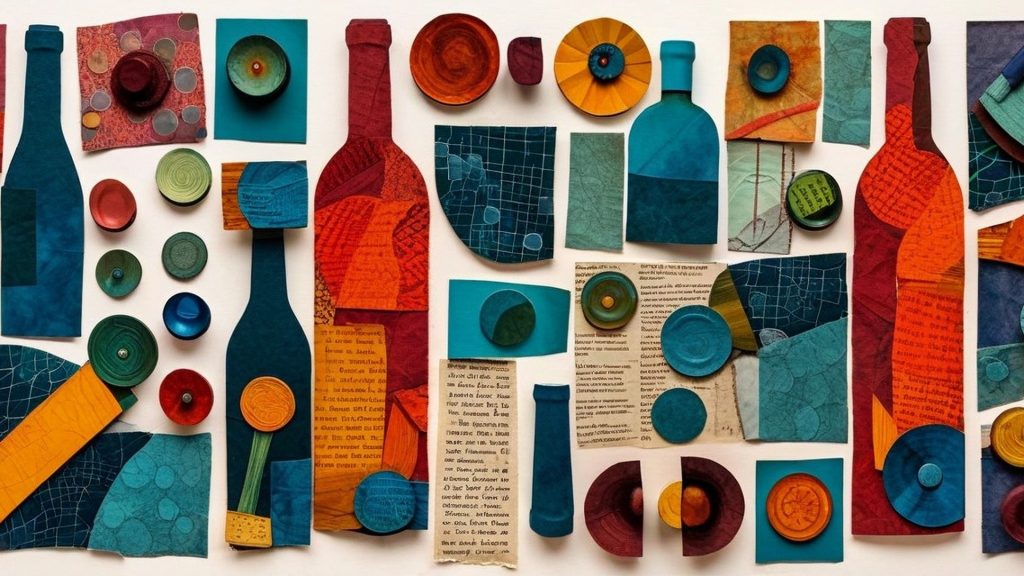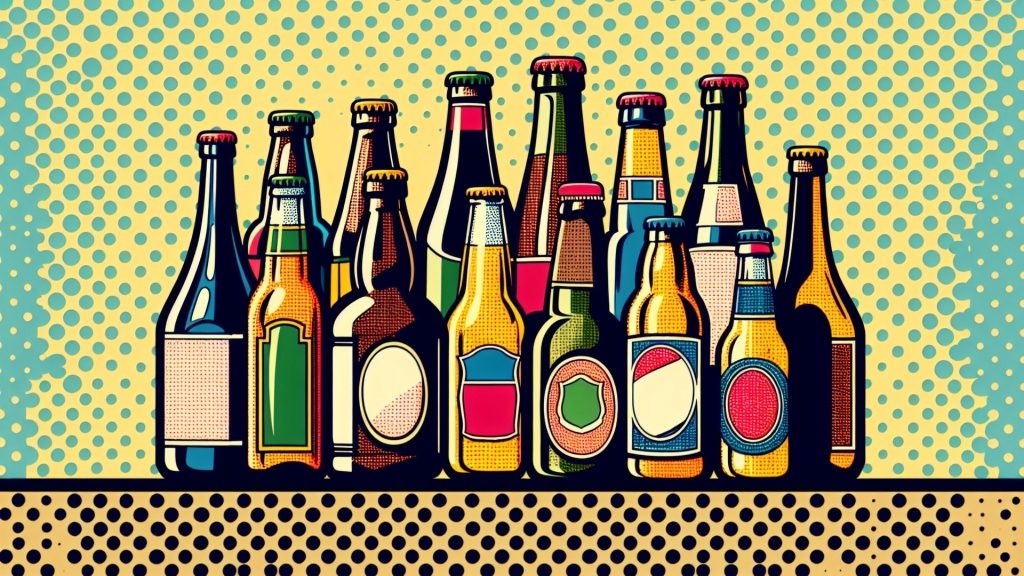The Art of Storytelling Through Packaging

In today’s increasingly competitive and saturated marketplace, standing out is no longer a matter of having the best product—it’s about creating a memorable experience that resonates with consumers on a deeper, emotional level. More than ever, consumers are seeking products that align with their values, lifestyle, and personal narratives. This shift has given rise to an essential aspect of modern branding: storytelling. Brands are now tasked with not only developing great products but also telling captivating stories that engage consumers from the first point of contact. One of the most effective and immediate ways to do this is through packaging design.
Packaging has evolved beyond being a mere functional necessity. It’s no longer just the container that holds the product; it’s the medium that communicates a brand’s story, ethos, and mission. For emerging brands, packaging is often the first opportunity to make a meaningful connection with consumers, and in many cases, it’s the deciding factor in whether a customer chooses their product over a competitor’s. The art of storytelling through packaging allows brands to go beyond the product itself, offering consumers a glimpse into the brand’s history, values, and vision. By incorporating visual elements, textures, colors, and even eco-conscious materials, brands are creating a narrative that not only appeals aesthetically but also emotionally.
When done right, packaging that tells a story can transform a product into a lifestyle choice, forging long-term relationships with customers. This article explores the importance of storytelling in packaging design, delves into how it helps build brand loyalty, and highlights five emerging brands that have successfully leveraged this powerful tool. As we will see, packaging is not just about what’s on the outside—it’s about inviting consumers to be a part of something larger than the product itself.

Why Does Storytelling in Packaging Matter?
Storytelling in packaging goes beyond aesthetics; it conveys the essence of a brand. The modern consumer is not just looking for a product—they are looking for an experience, a connection, and something that aligns with their values. Packaging that tells a story allows consumers to better understand the brand behind the product and connect with its message.
For many businesses, particularly those emerging in competitive sectors like cosmetics, nutraceuticals, or beverages, packaging design becomes the first interaction a customer has with the brand. This interaction can set the stage for how the brand is perceived. When done effectively, storytelling through packaging creates a lasting impression, turning first-time buyers into loyal customers.
Packaging design that is story-driven allows a brand to communicate its history, mission, and values in a way that resonates with its target audience. It personalizes the brand experience, making consumers feel that they are not just purchasing a product but becoming part of a larger narrative.

How Storytelling Enhances Brand Understanding
Consumers are increasingly looking for authenticity in the products they buy. They want to know where their products come from, how they are made, and what the company stands for. This is where storytelling in packaging comes into play. Packaging that tells a story helps consumers quickly grasp the core values and mission of a brand.
Consider a brand that emphasizes sustainability. The packaging may incorporate earthy tones, natural textures, and biodegradable materials to reflect that commitment. The packaging itself becomes an ambassador for the brand’s values. This instant communication of the brand’s story can shape the way consumers perceive the company and its products. When consumers align with a brand’s story, they are more likely to trust the brand and become repeat customers.
Furthermore, a well-crafted narrative in packaging design also clarifies a brand’s positioning. Whether a brand aims to be seen as luxurious, eco-friendly, playful, or innovative, packaging can reflect that message and ensure it resonates with the target audience.

The Role of Storytelling in Brand Loyalty
Brand loyalty is one of the most coveted achievements in the business world. Loyal customers not only continue purchasing products—they also become brand ambassadors, spreading the word to friends, family, and their broader networks. Storytelling in packaging plays a crucial role in building this loyalty.
When a consumer feels emotionally connected to a brand, they are more likely to remain loyal. Storytelling taps into these emotions, making the consumer feel like they are part of a larger narrative. Packaging design that emphasizes the brand’s journey, ethos, and goals helps foster that emotional bond.
Additionally, packaging that tells a story allows for continuity across different product lines. If a customer resonates with one product, they are more likely to try other products in the same line, provided the packaging maintains that storytelling thread. This consistency further strengthens the customer’s relationship with the brand and builds long-term loyalty.

Emerging Brands Using Packaging to Tell Their Story
1. Drunk Elephant: Purity and Playfulness through Packaging
Drunk Elephant has made a name for itself in the skincare world by prioritizing ingredient purity, and its packaging plays a critical role in communicating this commitment to its audience. The brand’s signature packaging features a combination of bold, vibrant colors and sleek, minimalist design, which stands as a visual representation of the balance Drunk Elephant seeks to strike between fun and efficacy. The colorful caps juxtaposed with clean, white bottles evoke a sense of youthful energy while maintaining the elegance and simplicity associated with high-quality skincare.
The packaging also highlights Drunk Elephant’s dedication to transparency and non-toxic formulations. Clear, concise messaging on the labels ensures that consumers immediately understand the absence of harmful ingredients, such as silicones, essential oils, and fragrances—key to the brand’s ethos. The bold design doesn’t just catch the eye; it reinforces the brand’s mission to create products that are both safe and effective, encouraging customers to trust in the purity of what they’re applying to their skin. This storytelling through packaging has helped build a devoted following of customers who value integrity in beauty and are drawn to the brand’s fun yet purposeful aesthetic.
Drunk Elephant’s choice of packaging also speaks to its broader environmental concerns. The sturdy, recyclable containers suggest durability, reducing the need for frequent replacement and, therefore, contributing to less environmental waste. With this approach, Drunk Elephant creates an ongoing dialogue with its customers, where each bottle reinforces the brand’s message of clean beauty combined with environmental consciousness.
2. Chobani: Natural Simplicity and Authenticity in Every Package
Chobani’s packaging evolution has been a study in how a brand can use design to tell a story that resonates deeply with its target audience. At its core, Chobani emphasizes wholesome, natural ingredients, and its packaging reflects this through a rustic, earthy aesthetic. The latest packaging design incorporates hand-drawn illustrations of fresh fruits and natural elements, reinforcing the message that the products inside are crafted from simple, unprocessed ingredients.
This approach connects with consumers on a sensory level—the earthy color palettes, such as muted greens and browns, evoke the natural landscape and agricultural roots, suggesting that Chobani’s products are as close to nature as possible. These visual cues communicate the brand’s commitment to using only the highest quality ingredients, making it an appealing choice for health-conscious consumers who prioritize natural, authentic food options.
Chobani’s packaging also plays a pivotal role in establishing trust with its customers. The emphasis on simplicity and transparency reflects the brand’s broader mission of producing yogurt that’s free from artificial ingredients and packed with nutrients. Even the materials used in the packaging underscore this message—Chobani has incorporated eco-friendly practices by using sustainable and recyclable materials, appealing to environmentally-conscious consumers who care as much about the planet as they do about what they eat.
By using packaging to highlight its dedication to natural, high-quality ingredients, Chobani fosters a sense of connection with its audience, building brand loyalty and standing out in a crowded marketplace of processed, less transparent competitors.
3. Welly: Adventure, Sustainability, and Storytelling through Packaging
Welly has taken an innovative approach to first aid supplies by crafting a brand narrative centered around adventure, practicality, and sustainability, all of which are communicated effectively through its packaging. Unlike traditional first aid brands that opt for utilitarian, single-use packaging, Welly’s products are housed in bright, colorful tins that are both reusable and aesthetically appealing. The cheerful colors not only stand out on store shelves but also convey a sense of optimism and readiness—key elements of the brand’s messaging.
The tins themselves are designed to be portable and durable, encouraging consumers to take them on hikes, road trips, and other adventures. This dual function of packaging as both a product container and a keepsake item creates a lasting impression, as customers are likely to keep and repurpose the tins long after the original supplies have been used. This commitment to sustainability is a cornerstone of Welly’s brand identity, as the reusable packaging reduces waste and encourages an eco-friendly lifestyle among its customers.
Welly’s packaging design also taps into a deeper emotional connection with its customers. The playful, adventure-ready aesthetic speaks to a lifestyle of preparedness and excitement, positioning the brand as a companion for life’s unexpected moments. Whether a customer is packing for a weekend getaway or preparing for daily activities, Welly’s packaging reinforces the idea that they are ready for anything. This messaging is further enhanced by the compact, sturdy design of the tins, which are built to withstand the rigors of travel and outdoor use.
Through its packaging, Welly has successfully fostered a sense of community and brand loyalty. Customers identify with the adventurous, eco-conscious spirit that the packaging represents, and in turn, they integrate Welly products into their daily lives. The packaging’s practicality and sustainability, combined with its fun and bold design, turn Welly’s first aid kits from simple medical supplies into must-have lifestyle accessories.

Key Takeaways for Brands: The Art of Storytelling in Packaging
- Create Emotional Connections: Packaging design should evoke emotions that align with the brand’s narrative. This helps forge deeper connections with consumers and encourages brand loyalty.
- Be Consistent Across Product Lines: Storytelling in packaging should be consistent across all product lines to build a cohesive brand identity. This consistency reinforces the brand’s message and helps consumers recognize the brand instantly.
- Focus on Values: Whether sustainability, purity, or adventure is at the heart of your brand, packaging that reflects these values helps consumers quickly understand what your brand stands for. This understanding fosters trust and loyalty.
- Engage the Consumer: Packaging should not just be visually appealing but also interactive or meaningful. Consider elements like reusable containers or hidden messages within the design that allow the consumer to feel they are part of the brand’s story.

The Power of Storytelling in Packaging
In a world where consumers are bombarded with options, it’s the brands that connect emotionally with their audience that leave a lasting impact. Packaging design, once an afterthought, has emerged as one of the most important tools in a brand’s arsenal for creating these connections. Through the art of storytelling, brands can communicate their values, evoke emotions, and invite consumers into a narrative that goes beyond the product itself. When a consumer holds a product, they are holding not just the physical item but the embodiment of the brand’s journey, mission, and purpose. This deeper connection fosters brand loyalty and increases the likelihood of repeat purchases.
For businesses, the implications of this are clear: packaging that tells a story is no longer a luxury but a necessity. It’s a vital touchpoint where first impressions are made, and long-term relationships are formed. Whether it’s through sustainable materials, minimalist designs, or creative visuals, storytelling in packaging helps brands carve out a distinct identity in a crowded marketplace.
As BottleStore.com understands, effective packaging is not just about aesthetics—it’s about creating an experience. Through its expansive inventory and commitment to quality, BottleStore.com enables brands to turn their packaging vision into reality, helping them craft narratives that resonate with their target audience. With packaging that tells a story, brands can transcend the ordinary and create something extraordinary—a product experience that consumers will remember long after the packaging is discarded. In a world of fleeting trends and countless choices, storytelling through packaging is the key to standing out, connecting with consumers, and ensuring long-term success.
